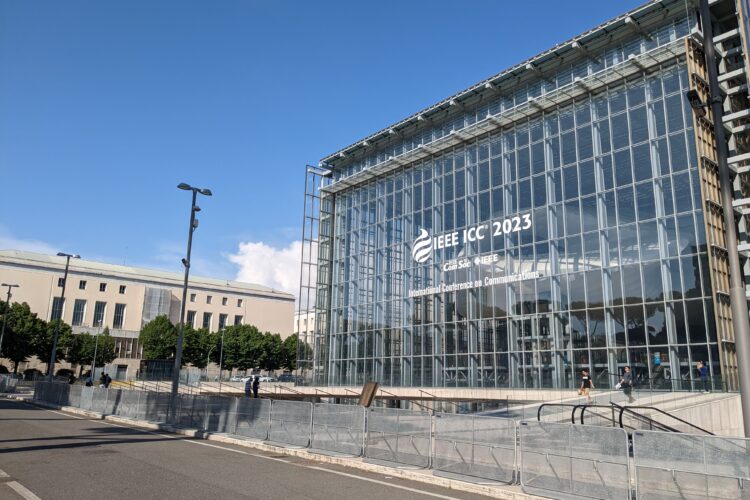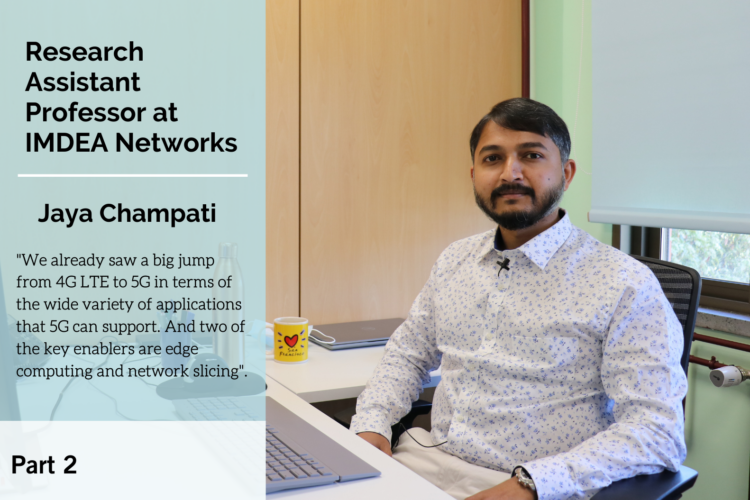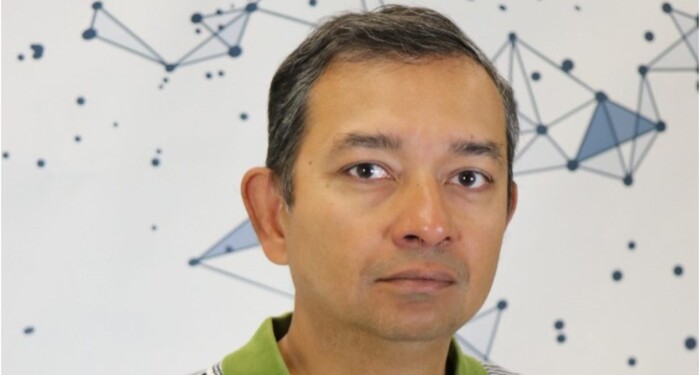IMDEA Networks

Etiqueta: Energy-efficient networks
SUN-DT avanza hacia la digitalización completa de las plantas termosolares de torre para mejorar eficiencia y reducir costes operativos
El proyecto europeo SUN-DT, en el que participa IMDEA Networks y financiado por Horizonte Europa, ha arrancado oficialmente sus actividades...
Seguir leyendo arrow_right_altEl proyecto DIME culmina con innovaciones clave que transformarán la inteligencia artificial en el borde
La inteligencia artificial en el borde (edge AI, por sus siglas en inglés) está permitiendo que el procesamiento de datos...
Seguir leyendo arrow_right_altEl proyecto DAEMON allana el camino hacia unas redes 6G eficaces
DAEMON, un proyecto europeo coordinado por IMDEA Networks Institute que comenzó en enero de 2021, acaba de llegar a su...
Seguir leyendo arrow_right_altORIGAMI: anticipando el futuro de unas infraestructuras de telecomunicaciones más conectadas, eficientes y sostenibles
El proyecto ORIGAMI (Integración de recursos optimizada y arquitectura global para infraestructura móvil para el 6G) ya está en marcha....
Seguir leyendo arrow_right_altUn trabajo de IMDEA Networks consigue el premio al Mejor Paper en ACM MobiHoc 2023
En un desarrollo que promete remodelar el panorama de las redes masivas de IoT, un equipo de investigadores de IMDEA...
Seguir leyendo arrow_right_altRoma acoge IEEE ICC 2023, conferencia líder en el campo de las telecomunicaciones
Del 28 de mayo al 1 de junio, la prestigiosa y futurista «Nube» de Fuksas en Roma acogió a más...
Seguir leyendo arrow_right_alt“Mi objetivo es diseñar algoritmos y protocolos de red para ofrecer información nueva”
En esta segunda entrevista, Jaya Champati, Research Assistant Professor de IMDEA Networks, nos cuenta cuáles son sus principales líneas de...
Seguir leyendo arrow_right_altNoche Europea de los Investigadores 2020
El equipo formado por Domenico Giustiniano (Research Associate Professor), Borja Genovés Guzmán (Post-doc Researcher) y Muhammad Sarmad Shahab Mir (PhD...
Seguir leyendo arrow_right_altSuman Banerjee se une a IMDEA Networks como nuevo profesor con doble afiliación
Suman Banerjee obtuvo su licenciatura en IIT Kanpur en Ciencias de la Computación e Ingeniería, seguido por los grados de...
Seguir leyendo arrow_right_altUn salario a cambio de nuestros datos, nuevo sistema económico propuesto por un investigador del Instituto IMDEA Networks
Los datos y la economía derivada de ellos son el motor de la cuarta revolución industrial. Pero en este sistema,...
Seguir leyendo arrow_right_alt











Comentarios recientes